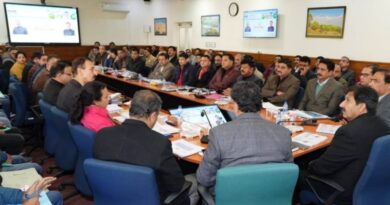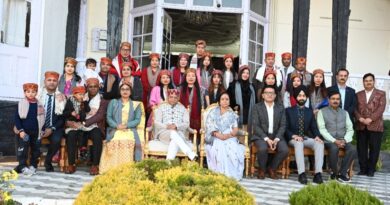When the Mountains Can’t Breathe: Himachal’s Air Turns Toxic Post-Diwali
For many city dwellers, the mountains have always been a sanctuary—a place to escape the choking smog and breathe in crisp, clean air. But what happens when even the hills lose their breath?
This Diwali, while fireworks lit up the skies and celebrations echoed through the valleys, something more sinister was quietly settling in: pollution. And it didn’t just stay in the plains. It climbed the slopes and seeped into the serene towns of Himachal Pradesh.
After the Fireworks, a Cloud of Concern
Diwali brought joy, lights, and unfortunately, a spike in air pollution. The aftermath is now visible in Himachal’s air quality readings. Cities that once boasted fresh mountain air are now struggling with rising levels of particulate matter—PM2.5 and PM10—thanks to firecrackers, increased traffic, and other pollutants.
Breathing easy? Not anymore.
AQI Snapshot: Himachal’s Troubled Towns
Here’s how some of Himachal’s popular destinations are faring:
| City | AQI Level | Category |
|---|---|---|
| Baddi | 162 | Unhealthy |
| Dharamshala | 165 | Unhealthy |
| Solan | 160 | Unhealthy |
| Kullu | 129 | Poor |
| Manali | 129 | Poor |
| Bharmaur | 122 | Poor |
| Shamshi | 117 | Poor |
| Shimla | 112 | Poor |
These numbers aren’t just statistics—they’re a wake-up call. When even Shimla and Manali, known for their clean air and scenic beauty, start showing signs of pollution, it’s time to rethink how we celebrate and travel.
What’s Next?
The mountains are sending us a message: they’re not immune. As tourism picks up and festivities continue, we need to be more mindful of our environmental footprint. Clean air shouldn’t be a luxury—it’s a necessity, whether you’re in the plains or perched high in the hills.



